-
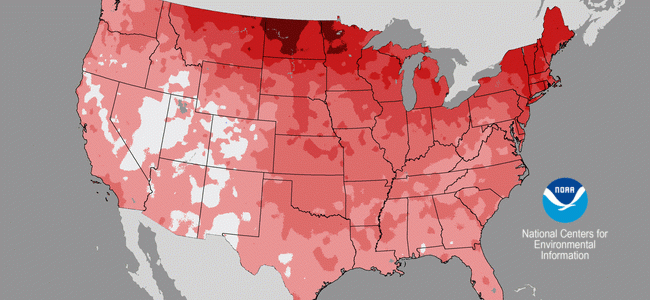
NOAA released their winter climate statistics yesterday. They showed that for the lower 48 states, this past December through February was the warmest since records began in 1895. The exceptionally warm December really boosted the temperatures this season. It was Alaska’s second warmest winter, with averages more than 10 degrees above normal. You can read more…
-

“Daashka and his brother tear across the Mongolian steppe on a motorbike in a desperate search for somewhere to graze their herds. Pastureland is dwindling rapidly as the country is beset by a cycle of drought and harsh winter that is killing off livestock in droves.” This was the introduction to a very disturbing story I read…
-
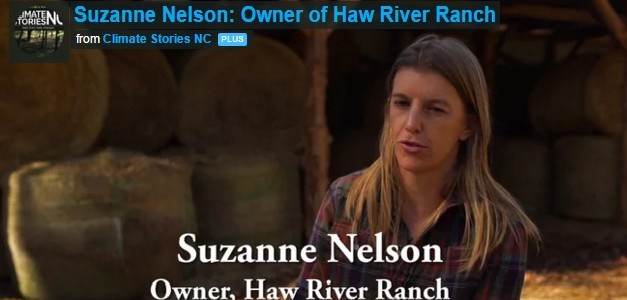
If you are interested in hearing stories about how recent changes in climate are affecting agricultural producers and others in the Southeast, you will enjoy the series of short videos at Climate Stories NC https://climatestoriesnc.org/. The include videos on the impacts of these changes on beekeeping, seafood market owners, conservationists and others. You can also…
Posted in: Climate and Ag in the news -
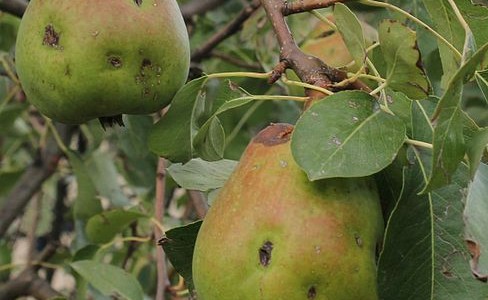
While we are enjoying beautiful weather across most of the Southeast this week, it’s always good to be aware of severe weather. The National Severe Storms Lab (NSSL) has some great resources on severe weather at their website https://www.nssl.noaa.gov/education/svrwx101/, including one on hail. For agriculture, hail does not even need to be large to cause big…
-
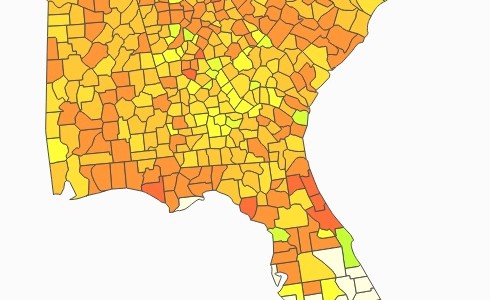
AgWeb had an interesting article this week on predicting corn yields based on past years. One way to do this is to use analog years that are similar to this year and see what happened. In the article, they used 1972-73, 1982-83 and 1997-98. Using the analog method, they showed that in two of the three…
-
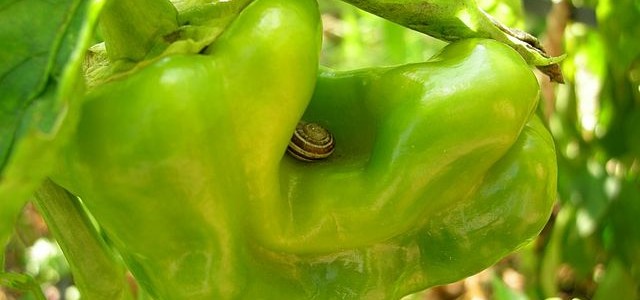
The Packer reported that supplies of green peppers and squash are returning to normal after a January where wind and rain destroyed up to 50 percent of the pepper crop and cool temperatures slowed the growth of squash. More favorable weather in recent weeks has allowed production of the two crops to improve and supplies…
-

The CoCoRaHS network (Community Collaborative Rain Hail and Snow Network) is recruiting new volunteer precipitation observers. Every year in March they hold a contest to see which state can sign up the largest number of new observers. So far this year North Carolina leads the nation with 14, but most other southeastern states have only…